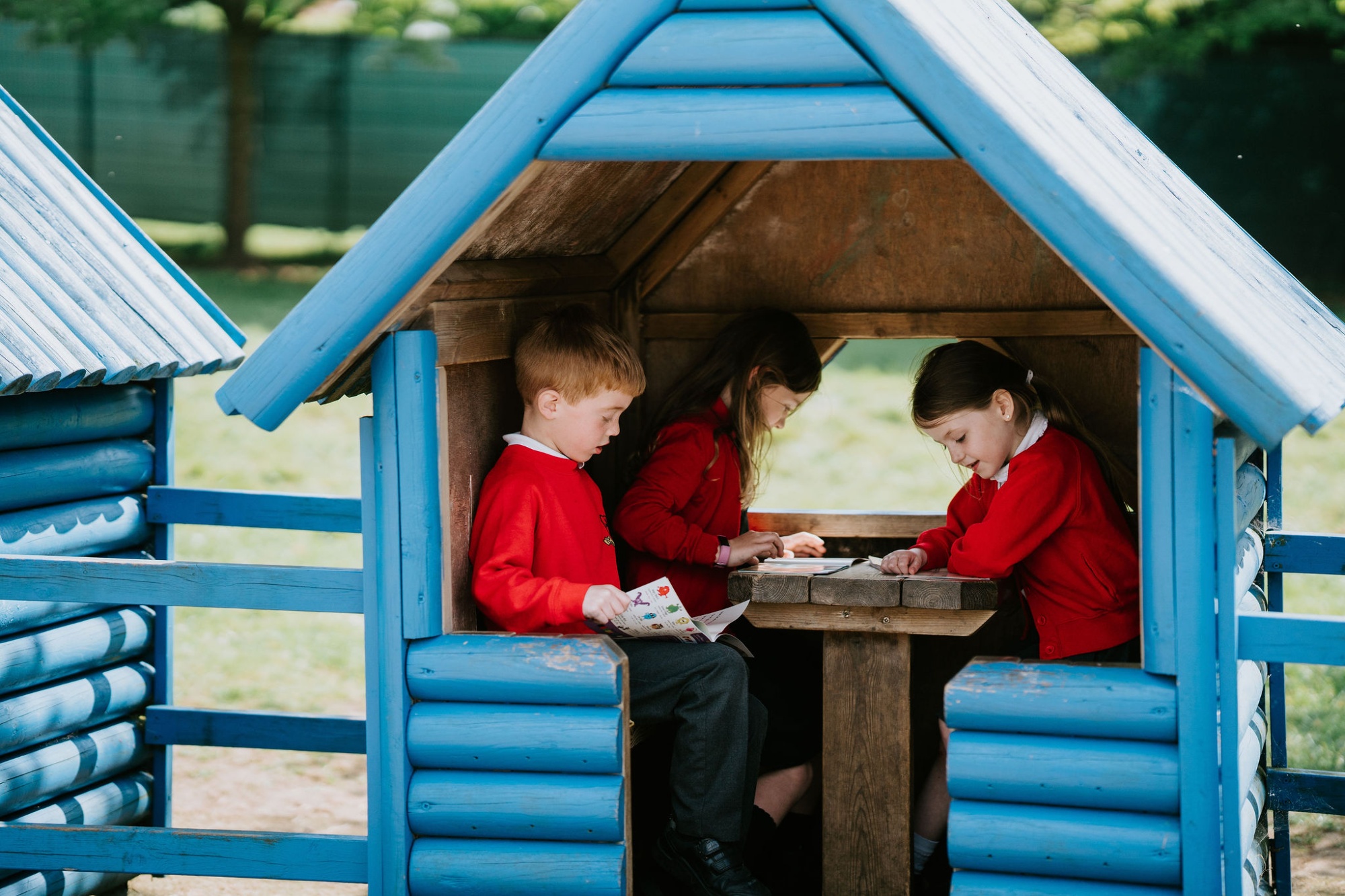English

"A word after a word after a word is power." Margaret Atwood
Our English curriculum ensures that children are fluent readers and writers, who have confidence to use high level vocabulary, write efficiently for a range of purposes, develop a passion and deep understanding for reading in order to be able to thrive as lifelong learners.
They will have:
- An understanding of the important concepts and an ability to make connections within reading
- A broad range of skills in reading comprehension and word reading
- An ability to decode words phonetically and to apply this knowledge to their reading
- The skills and knowledge to read with fluency, stamina, expression
- The skills to speak fluently and confidently using a wide range of vocabulary
- A commitment and passion for reading
- An ability to use writing to successfully express thoughts, feelings, create images, tell stories and articulate knowledge.
- Write for a range of purposes
- Publish and take pride in their writing
There is a culture within the Academy that all children must be able to read successfully.
To achieve this aim we teach the programmes of study from the National Curriculum (September 2014) which are split into:
- Spoken Language
- Reading
- Writing
Topics are used as a context for teaching the fundamental skills above in the EYFS, KS1 and KS2. We use Little Wandle to teach a synthetic and rigorous phonics system as well as VIPERS (Literacy Shed) to teach key reading skills. A cursive handwriting approach is taught throughout the school and Grammar, Punctuation and Spelling lessons are taught frequently to secure basic skills.
Regular assessments are carried out in Literacy to identify gaps in the children’s learning, which can be subsequently planned for. We use the National Curriculum criteria to assess children’s reading and writing and the Little Wandle assessments to assess phonics.
READING
Littlw Wandle
To teach early reading skills we use a synthetic phonics scheme called ‘Little Wandle.’ The programme gets children reading quickly, accurately and fluently. Every child’s progress is tracked through on-going assessment. Lots of partner work means that every child participates in the whole lesson. The programme develops from the 44 initial phonemes that the children need to know, which then develops into blending, segmenting and looking at graphemes for spelling.
VIPERS
To be a reader, means much more than just being able to decode a book, so comprehension strategies are taught alongside word reading. Teachers use VIPERS as a tool to teach the key skills for reading with rigour – whilst also applying the reading for pleasure principle too. We also teach the children to develop strategies for fluency, using activities like text marking to enhance their ability to read fluently.
![]()

Whole School Text Overview - Reading and Writing
WRITING
The teaching of writing has a clear progression throughout the academy and by the end of Year 6 children are able to write across a range of genres, applying their knowledge of grammar, punctuation and spelling and thinking as an author. Throughout their time at the academy children develop their skills in both fiction and non-fiction writing. They apply their writing skills across the curriculum.
We have a clear teaching sequence used to teach writing. Writing always starts with an exciting and engaging stimulus. For example: a book, an image, a film clip or a visit. Our writing units are often linked to the class curriculum focus. Reading is strongly linked to writing and children learn how authors make their writing effective.
Grammar, punctuation and spelling
This part of the curriculum acts as an essential part for good writing. The children follow the progression in the National Curriculum; with key content being taught explicitly in each year group. Our 'modelled writing' week, as part of our teaching sequence, teaches these skills and how to apply them to writing. We use a 'layering' process where the children learn how to build these skills through a piece of writing. Spelling is taught discreetly in each year group. We use a programme called 'Active Spelling' which encourages pupils to learn their spellings through various strategies, looking at the etymology, phonology and morphology of words.
